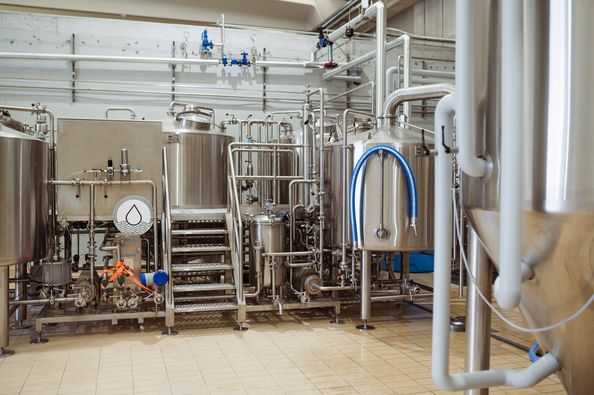How to Choose the Best Wine Fermentation Tank
What Is a Wine Fermentation Tank?
Wine fermentation tanks aren’t just big containers. They’re engineered with precision to control temperature, pressure, oxygen exposure, and other factors that can make or break a batch. Whether you’re talking about a family-run vineyard in Napa or a high-tech winery in Bordeaux, fermentation tanks are the cornerstone of the winemaking process.
These tanks come in all shapes, sizes, and materials. From the timeless charm of oak barrels to the sleek, sterile beauty of stainless steel, there’s a lot to unpack when it comes to choosing the right one.
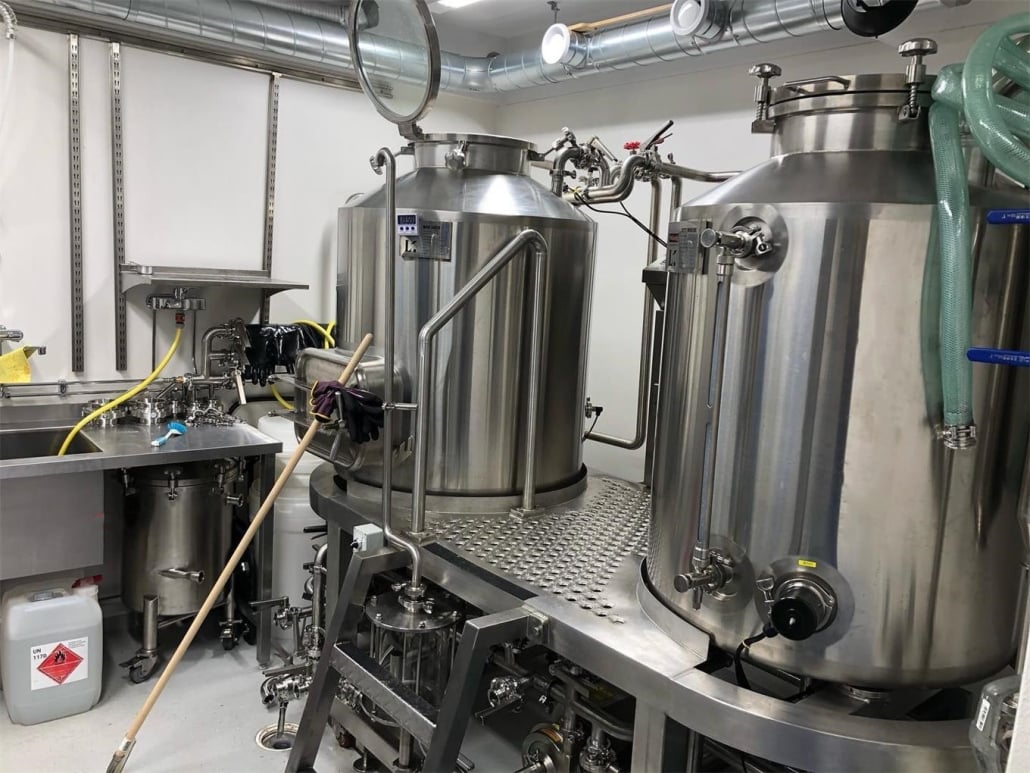
Types of Wine Fermentation Tanks
Here’s where things get interesting. Not all wine tanks are created equal. Each type offers different characteristics that affect the wine’s flavor, texture, and overall vibe. Think of it like choosing between cooking on a cast iron skillet versus a non-stick pan – both get the job done, but the results can taste worlds apart.
Stainless Steel Tanks These are the modern winemaker’s go-to. Sleek, easy to clean, and fantastic for temperature control. Stainless steel doesn’t impart any flavors to the wine, making it ideal for preserving the natural character of the grapes. They’re particularly great for white wines and rosés where freshness and purity are key.
Oak Barrels Old-school, romantic, and undeniably effective. Oak barrels, whether French or American, infuse the wine with tannins, vanilla, spice, and that rich, round mouthfeel we associate with fine reds. They allow a slow introduction of oxygen, which can help soften a wine over time.
Concrete Tanks These are having a bit of a renaissance lately. Concrete tanks offer the benefits of oak (micro-oxygenation) without the added flavor. They’re neutral but have excellent thermal inertia, maintaining a consistent temperature. Wines fermented in concrete often show a nice balance of texture and minerality.
Plastic (HDPE) Fermenters Budget-friendly and lightweight, plastic fermenters are typically used in smaller operations or for experimental batches. While not ideal for aging or long-term use, they can be surprisingly effective for quick-turnaround wines.
Factors to Consider When Choosing a Wine Fermentation Tank
Picking the right fermentation tank is kind of like dating – you need something that suits your style, budget, and long-term goals. Here are the major factors to weigh:
Material: Are you going for a crisp Sauvignon Blanc? Stainless steel might be your match. Looking to craft a complex Cabernet Sauvignon? Oak could be calling your name.
Capacity: How much wine are you making? Tanks can range from tiny 50-liter units to massive 50,000-liter behemoths.
Temperature Control: Fermentation creates heat, and controlling that heat is key to a clean fermentation. Many modern tanks come with built-in cooling jackets or temperature probes.
Oxygen Exposure: Some materials (like oak and concrete) allow gentle oxygen exchange. Others, like stainless steel, are airtight. Your choice depends on how much oxidation you want during fermentation.
Ease of Cleaning: Hygiene is huge in winemaking. Stainless steel wins here hands down, while oak and concrete need a little more love.
Cost: Budget matters. Stainless steel is expensive up front but lasts forever. Oak barrels need regular replacing. Plastic is cheap but short-lived.
Mobility & Size Constraints: If you’re working in a small cellar or want flexibility, smaller tanks or modular systems might suit you better.
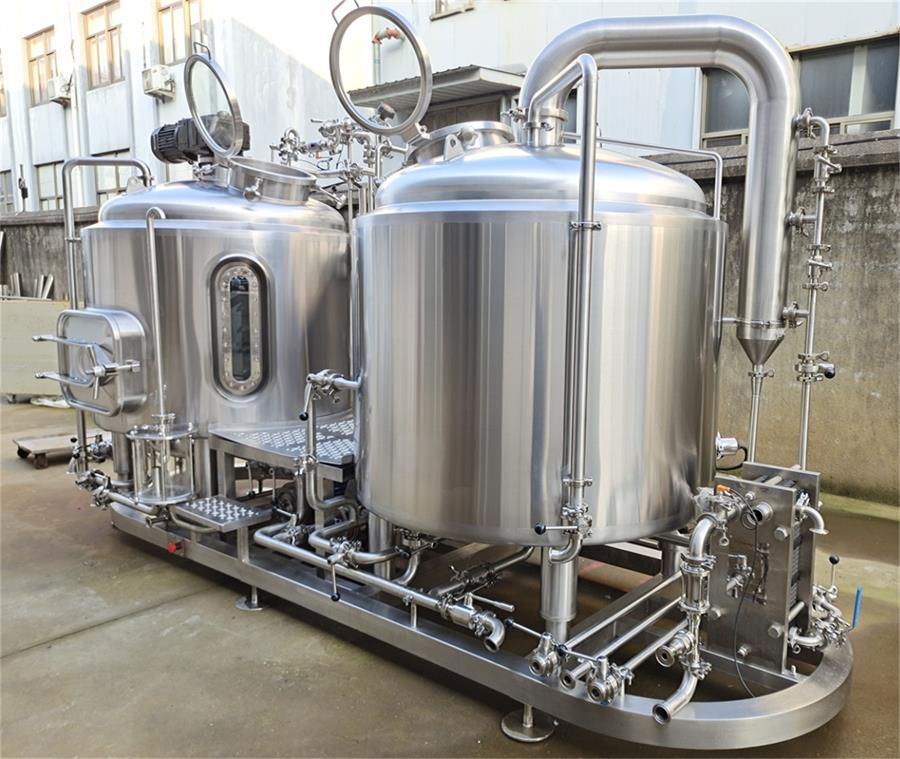
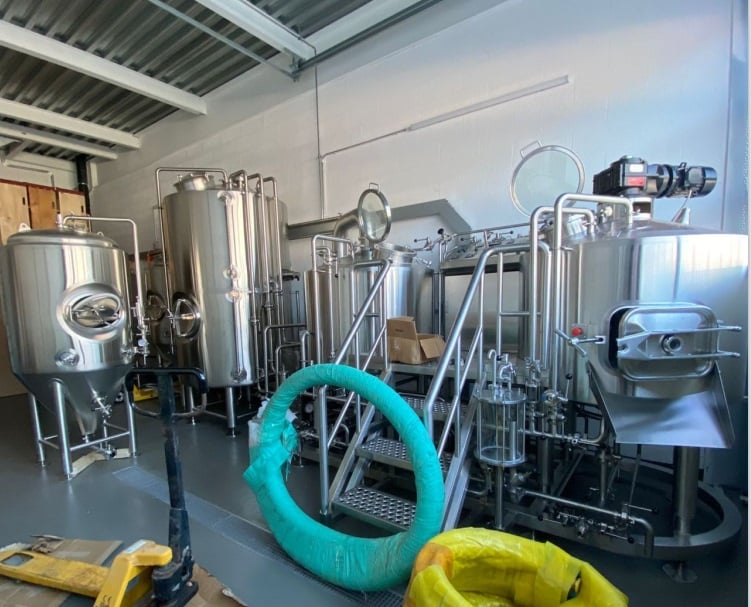
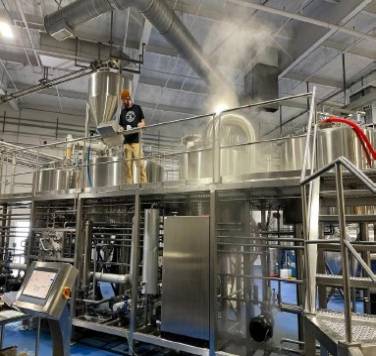

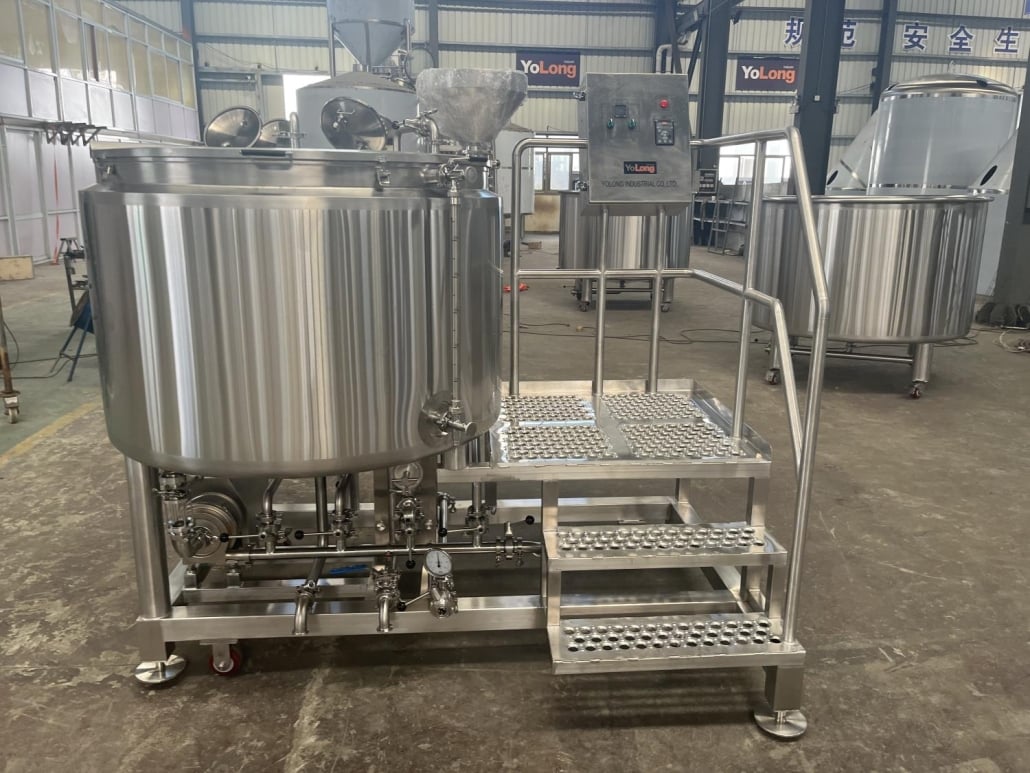
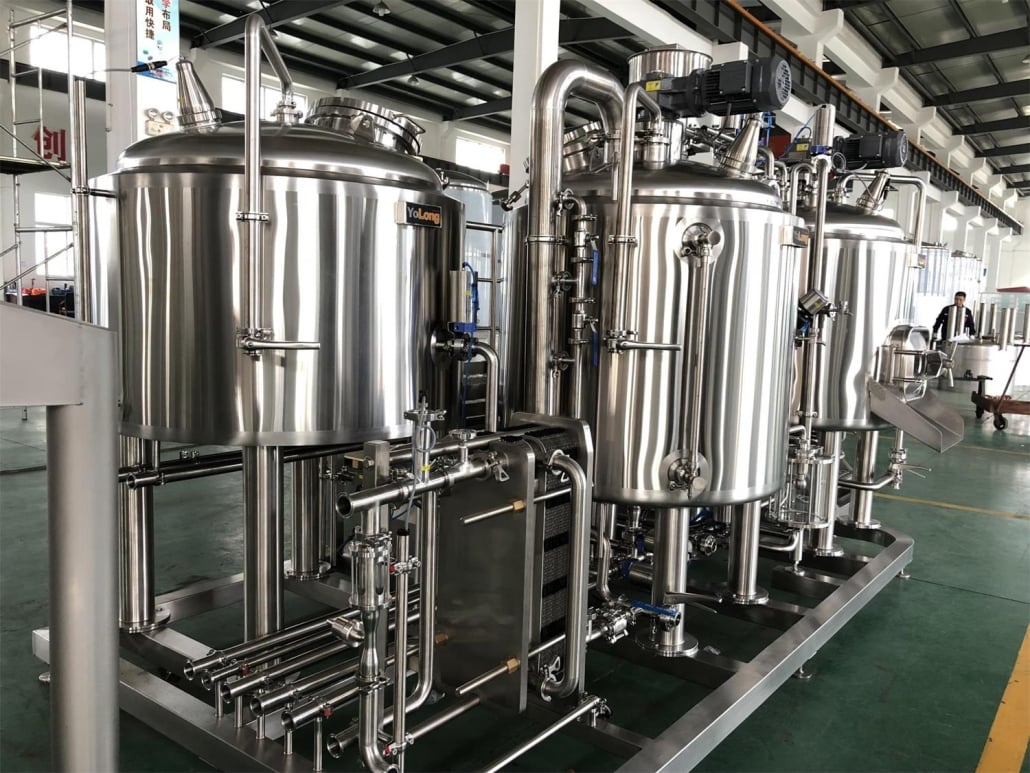
Stainless Steel vs Oak: A Comparative Guide
| Feature | Stainless Steel | Oak Barrels |
|---|---|---|
| Flavor Influence | Neutral – preserves grape character | Adds flavors (vanilla, spice, tannins) |
| Temperature Control | Excellent with integrated cooling systems | Poor – requires external climate control |
| Cleaning & Sanitation | Easy to clean, non-porous surface | Harder to clean, porous material |
| Lifespan | 20+ years | 3-5 years for optimal use |
| Cost | High initial, low long-term maintenance | Moderate initial, ongoing replacement costs |
| Aesthetic & Tradition | Modern, industrial look | Classic, romantic, traditional vibe |
| Oxygen Exchange | Minimal | Moderate, ideal for aging and complexity |
| Best For | Whites, rosés, fresh-style reds | Big reds, wines meant for aging |
Top Wine Fermentation Tank Manufacturers or Brands
The winemaking world is full of brilliant tank makers. Some are all about innovation; others stick to time-honored craftsmanship. Here are a few names you should know if you’re tank shopping:
1. Letina A major player in stainless steel fermentation tanks, Letina combines durability with precision. Their tanks come in various sizes and are often customizable. They’re a hit with both small and industrial-scale wineries.
2. Flextank Specializing in polymer-based fermenters, Flextank offers a modern twist on traditional aging vessels. Their tanks simulate the oxygen exchange of oak but without imparting flavor.
3. Velo Acciai This Italian brand has a stellar reputation for high-end stainless steel tanks. They offer advanced temperature control systems and innovative designs.
4. Tonnellerie Radoux If you’re in the market for oak barrels, look no further. Radoux is known for its craftsmanship and precision. They use French, American, and Eastern European oak, depending on your flavor goals.
5. Nomblot Leaders in concrete tanks, Nomblot’s egg-shaped fermenters are sought after for their thermal stability and gentle micro-oxygenation.
Common Tank Parameters and Price Ranges
| Parameter | Stainless Steel Tanks | Oak Barrels | Concrete Tanks | Plastic Tanks (HDPE) |
|---|---|---|---|---|
| Capacity Range | 100L – 50,000L+ | 225L – 600L | 600L – 2000L+ | 20L – 1000L |
| Avg. Price Range | $1,000 – $30,000+ | $300 – $1,200 per barrel | $2,000 – $10,000+ | $50 – $500 |
| Temperature Control | Integrated or optional | External cooling needed | Passive control (stable) | Limited or none |
| Lifespan | 20-30 years+ | 3-5 years for aging use | 20+ years with care | 2-5 years |
| Best Use Case | Commercial wineries, precision | Premium aging, reds | Boutique wineries, balanced wines | Experimental, small-batch |
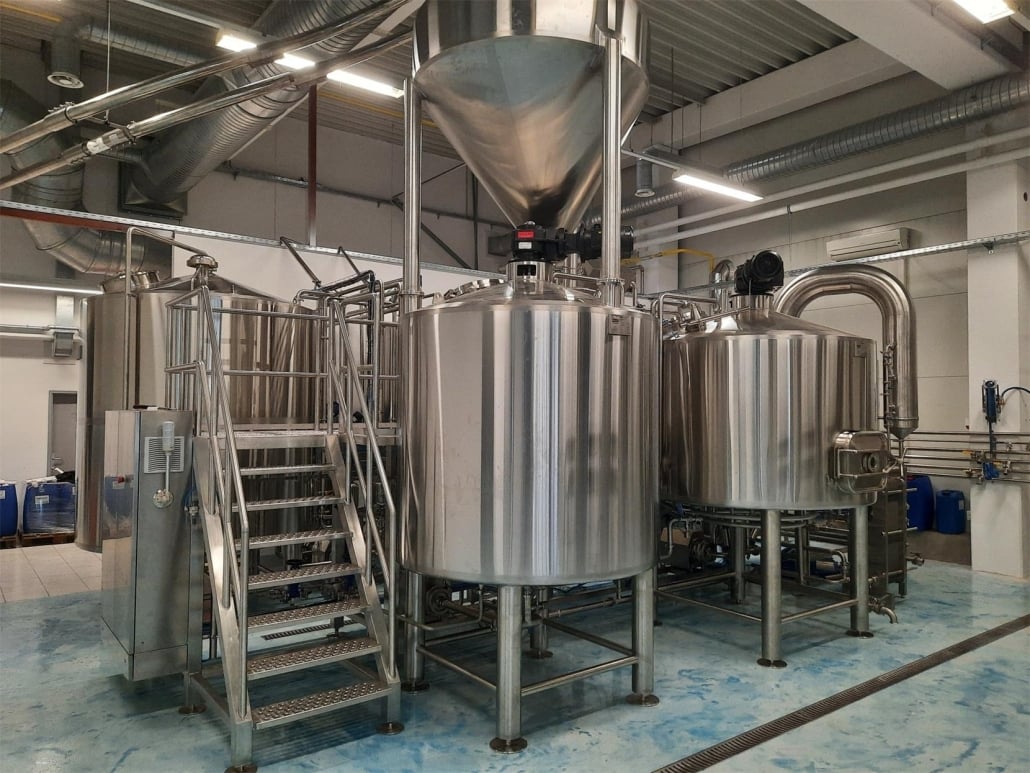
FAQ
| Question | Answer |
|---|---|
| What size fermentation tank do I need? | It depends on your production volume. Home winemakers might need 100L, while wineries use 10,000L+. |
| Can I ferment red and white wine in the same tank? | Technically yes, but it’s not recommended due to flavor crossover and process differences. |
| Do stainless steel tanks affect wine flavor? | No, they are neutral and preserve the grape’s original flavor profile. |
| How long does fermentation take in these tanks? | Typically 1-3 weeks, but it varies depending on grape type, yeast, and temperature. |
| Are wine fermentation tanks reusable? | Absolutely. Stainless steel lasts decades, while oak barrels are reused for 3-5 years. |
| Why are some tanks egg-shaped? | Egg-shaped tanks promote natural convection currents, enhancing lees contact and mouthfeel. |
| What’s the most cost-effective option? | Plastic fermenters win on price, but stainless steel offers better long-term value. |
Additional FAQs About Choosing a Wine Fermentation Tank
1) What interior surface finish (Ra) is recommended for stainless Wine Fermentation Tanks?
- Specify ≤0.8 μm Ra (≤32 μin) with fully passivated welds. Smoother finishes reduce microbial harborage and speed CIP.
2) Do I need temperature-controlled jackets for small batches?
- For whites/rosés and aromatic styles, yes—glycol jackets or cooling plates stabilize ferment temps. Small red ferments can use ambient control plus cooling coils, but jackets offer the most precision.
3) When should I choose concrete or polymer tanks over stainless?
- Choose concrete when you want micro-oxygenation and thermal inertia without oak flavor. Choose oxygen-permeable polymers (e.g., Flextank) for controlled OTR similar to neutral barrels at lower cost/weight.
4) Can one Wine Fermentation Tank handle both fermentation and storage?
- Yes if pressure-rated and configured with cooling, sample valves, and racking arms. However, dedicated storage vessels reduce scheduling conflicts and cleaning turnaround.
5) How do I size headspace for cap management in reds?
- Plan 15–25% headspace for red fermenters to accommodate cap rise and punchdowns/pumpovers; whites typically target ≤10% headspace to minimize oxygen exposure.
2025 Industry Trends for Wine Fermentation Tanks
- Precision control at lower cost: More mid-size wineries adopt jacketed stainless with multi-zone cooling and integrated temperature/pressure sensors.
- Oxygen management by design: Wider use of DO/OTR tracking, inert gas blanketing, and closed pumpovers to protect aromatics.
- Alternative vessels mature: Concrete eggs and permeable polymers used beyond boutique producers for texture without oak flavor.
- Sustainability upgrades: Heat-recovery chillers, thicker insulation, and CIP chemical optimization reduce energy/water intensity 10–20%.
- Data logging and traceability: Wi-Fi tank probes tied to cellar software for fermentation curves, alarms, and compliance records.
2025 Benchmarks and Cost Snapshot
| Metric | 2023 Avg | 2024 Avg | 2025 YTD | Notes/Sources |
|---|---|---|---|---|
| 5,000 L jacketed stainless tank | $7k–$12k | $6.8k–$11.5k | $6.5k–$11k | Finish, ports, and insulation impact price |
| 10,000 L jacketed stainless tank | $11k–$18k | $10.5k–$17k | $10k–$16.5k | Ex-works; multi-zone jackets add cost |
| Concrete egg (1,600–2,000 L) | $4k–$9k | $4k–$8.5k | $3.8k–$8k | Shipping/installation significant |
| Polymer (OTR-managed) 1,000–3,000 L | $1.5k–$4k | $1.4k–$3.8k | $1.3k–$3.6k | OTR options vary by brand |
| Typical interior finish (Ra, μm) | 0.8–1.2 | 0.6–0.9 | 0.5–0.8 | Hygienic specs trending tighter |
| Water use (hl water/hl wine, cellar ops) | 3.5–5.0 | 3.2–4.6 | 3.0–4.2 | CIP reuse/optimized rinses |
Authoritative sources:
- American Society for Enology and Viticulture (ASEV): https://www.asev.org/
- Australian Wine Research Institute (AWRI): https://www.awri.com.au/
- Institute of Masters of Wine knowledge resources: https://www.mastersofwine.org/
- DOE Better Plants (food & beverage efficiency): https://betterbuildingssolutioncenter.energy.gov/
Latest Research Cases
Case Study 1: Reducing Oxygen Pickup in Aromatic Whites with Closed Fermentation (2025)
Background: A 200,000 L/year winery observed aroma fade and higher SO2 usage in Sauvignon Blanc.
Solution: Upgraded to jacketed stainless Wine Fermentation Tanks with inert gas blanketing, closed racking/pumpovers, and inline DO probes; added low-shear pump and configured bottom-to-top mixing under N2.
Results: DO during transfers fell to 30–50 ppb; free SO2 additions reduced ~18%; sensory panels showed stronger thiol retention at 3 months. References: AWRI oxygen management guidance; ASEV proceedings on aromatic preservation.
Case Study 2: Texture Gains Using Concrete Eggs for Chardonnay (2024)
Background: Boutique estate wanted mid-palate weight without new oak flavor.
Solution: Fermented and aged 6 months in 1,800 L concrete eggs; partial bâtonnage with temperature-controlled cellar and periodic DO checks.
Results: Enhanced mouthfeel and lees integration; panel preferred concrete lot 2:1 over stainless control; no oak-derived spice while maintaining minerality. Sources: ASEV papers on vessel impact; producer cellar data.
Expert Opinions
- Dr. Anita Oberholster, Cooperative Extension Specialist in Enology, UC Davis
Viewpoint: “Temperature control and oxygen management are the two biggest levers for wine quality—choose tanks that make both measurable and repeatable.” - Denis Dubourdieu (estate legacy; influence cited widely in enology literature)
Viewpoint: “Reductive handling preserves aroma precursors in whites; neutral vessels with closed systems are often superior to poorly managed oak.” - Jamie Goode, Wine Writer and Scientist
Viewpoint: “Concrete’s thermal inertia and gentle micro-oxygenation can add texture without flavoring the wine—useful for varieties needing mid-palate weight.”
Practical Tools and Resources
- AWRI Knowledge Base: Fermentation temperature, oxygen, sulfur management — https://www.awri.com.au/
- ASEV Research Library: Peer-reviewed enology studies — https://www.asev.org/
- UC Davis Extension: Winery facility design and sanitation — https://extension.ucdavis.edu/areas-study/viticulture-enology
- Winery cleaning/CIP calculators and SOPs (search within AWRI and UC Davis resources)
- Tank vendors with technical guides: Letina, Velo Acciai, Flextank, Nomblot (consult manufacturer specs for OTR and cleaning)
Last updated: 2025-09-28
Changelog: Added 5 targeted FAQs; 2025 trend table with cost/efficiency benchmarks; two recent case studies; expert viewpoints; curated enology resources for Wine Fermentation Tank selection
Next review date & triggers: 2026-03-31 or earlier if stainless/concrete tank pricing shifts >10%, AWRI/ASEV publish new oxygen/temperature control guidance, or common hygienic finish specs change
Share this entry
Interested in learning more about Brewing Systems including additional details and pricing information? Please use the form below to contact us!
YOLONG BREWERY EQUIPMENT FAQS
- Commercial Brewery / Craft Brewery / Microbrewery / Nanobrewery
- What is The Difference Between Craft Beer and Industrial Beer?
- The Bespoke Differences In Custom Brewing Systems
- Everything You Need to Know About Kettle Souring
- How to Choose Brewing Equipment for Your business?
- How To Choose The-Best Partner To Build Your Commercial Microbrewing System?
- Two Detection Sensors That You Need To Use In Your Brewhouse System
- Remote Control Applications in Brewing Equipment/How does it work?
- How To Clean Your Brand New Brewery Tanks?

